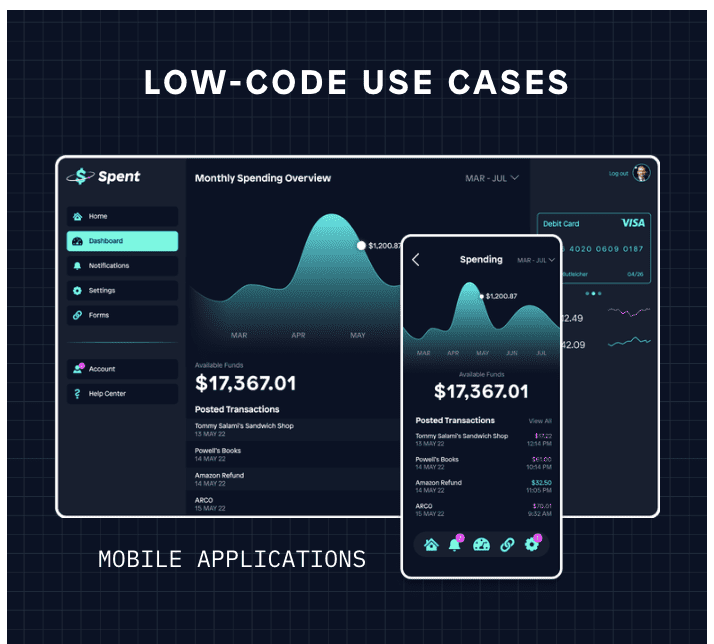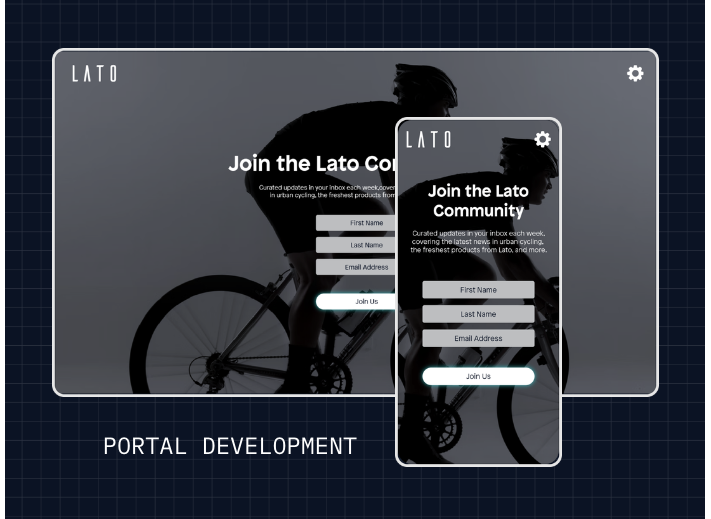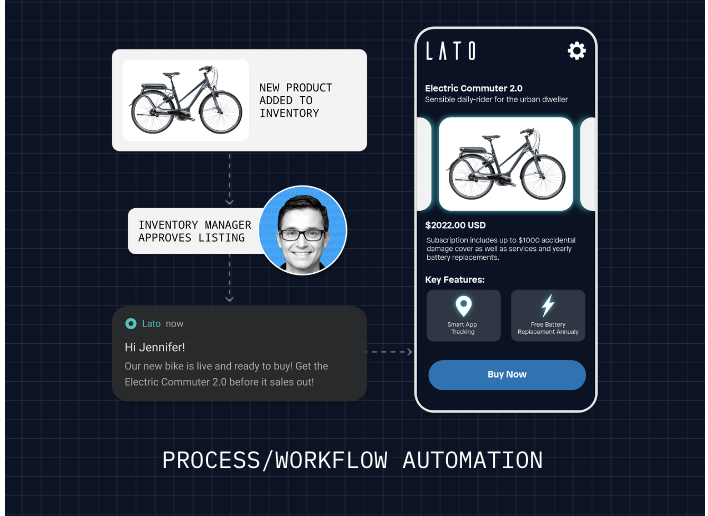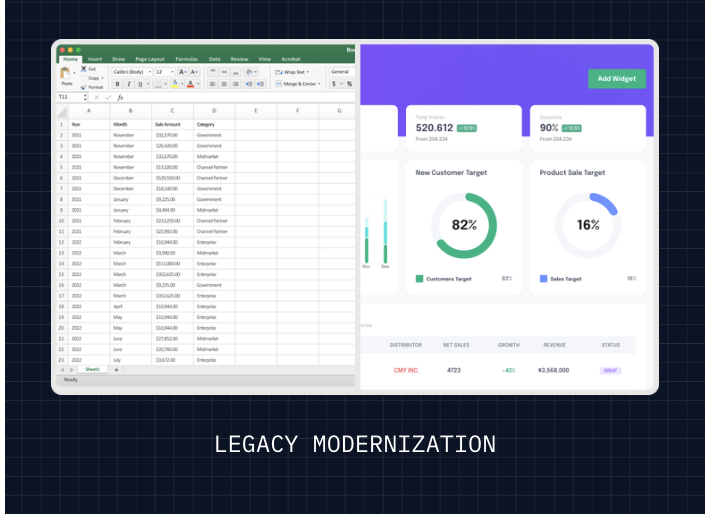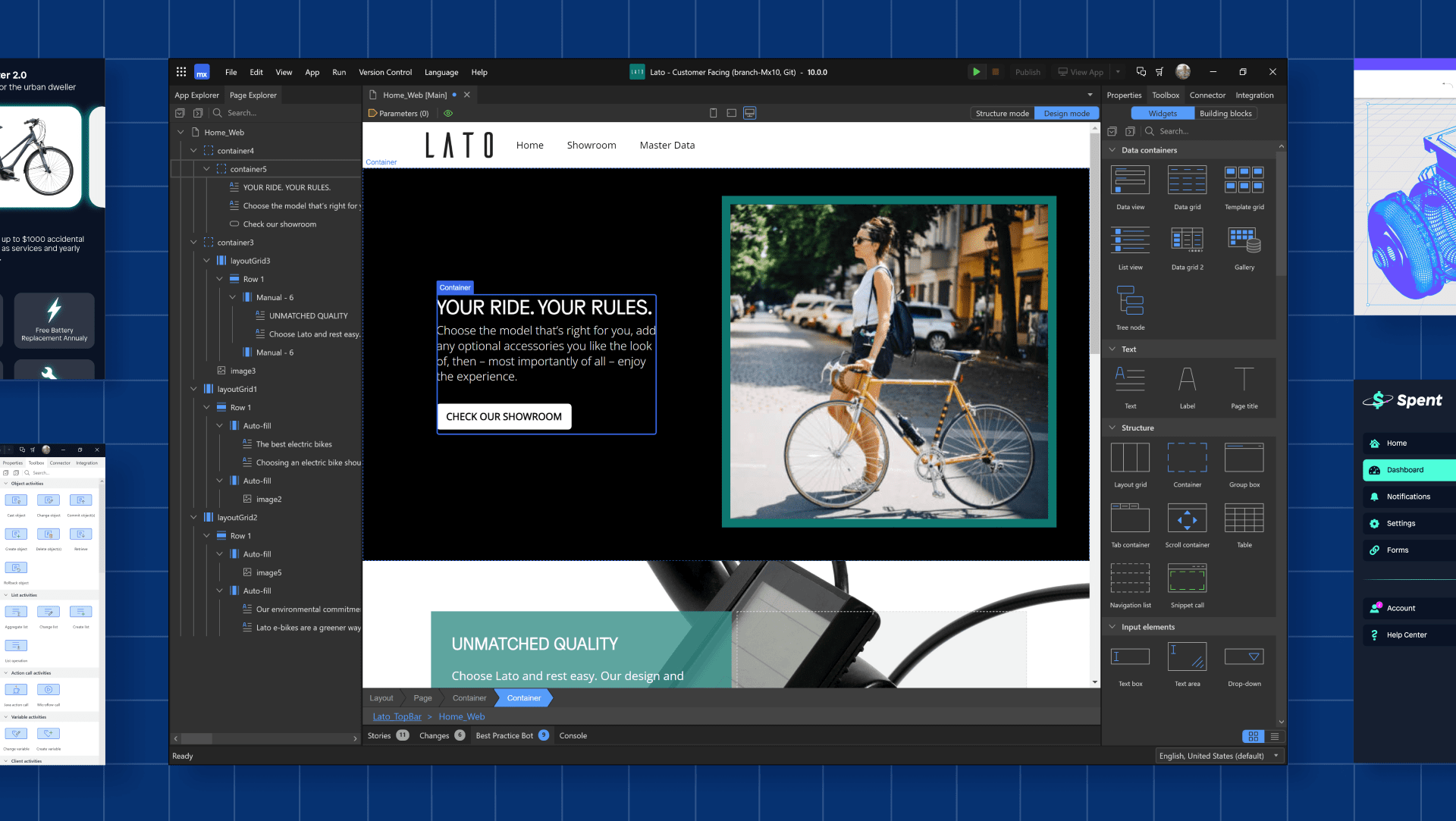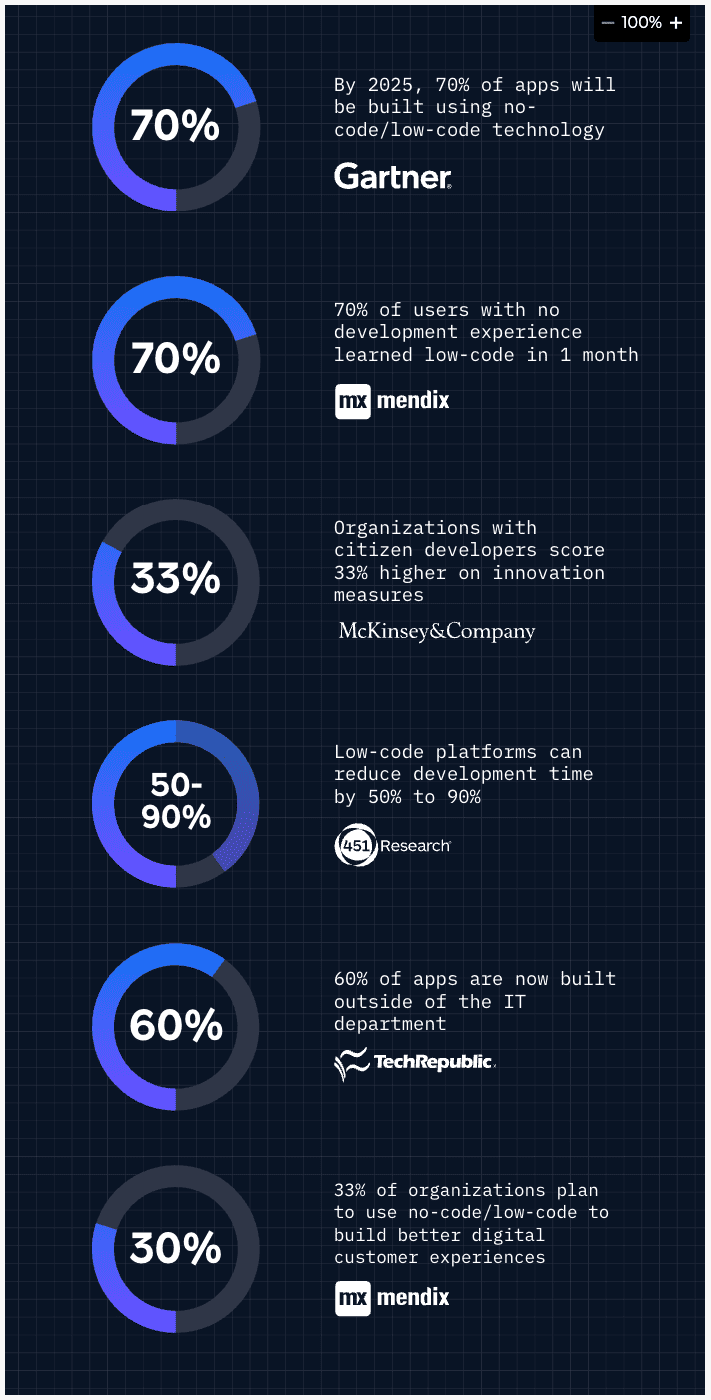Low-code is an application development method that elevates coding from textual to visual.
Rather than a technical coding environment, low-code operates in a model-driven, drag-and-drop interface. All development skill levels — professional developers, novice developers, subject matter experts, business stakeholders, and decision makers — can use low-code to build value-driven enterprise business applications.
